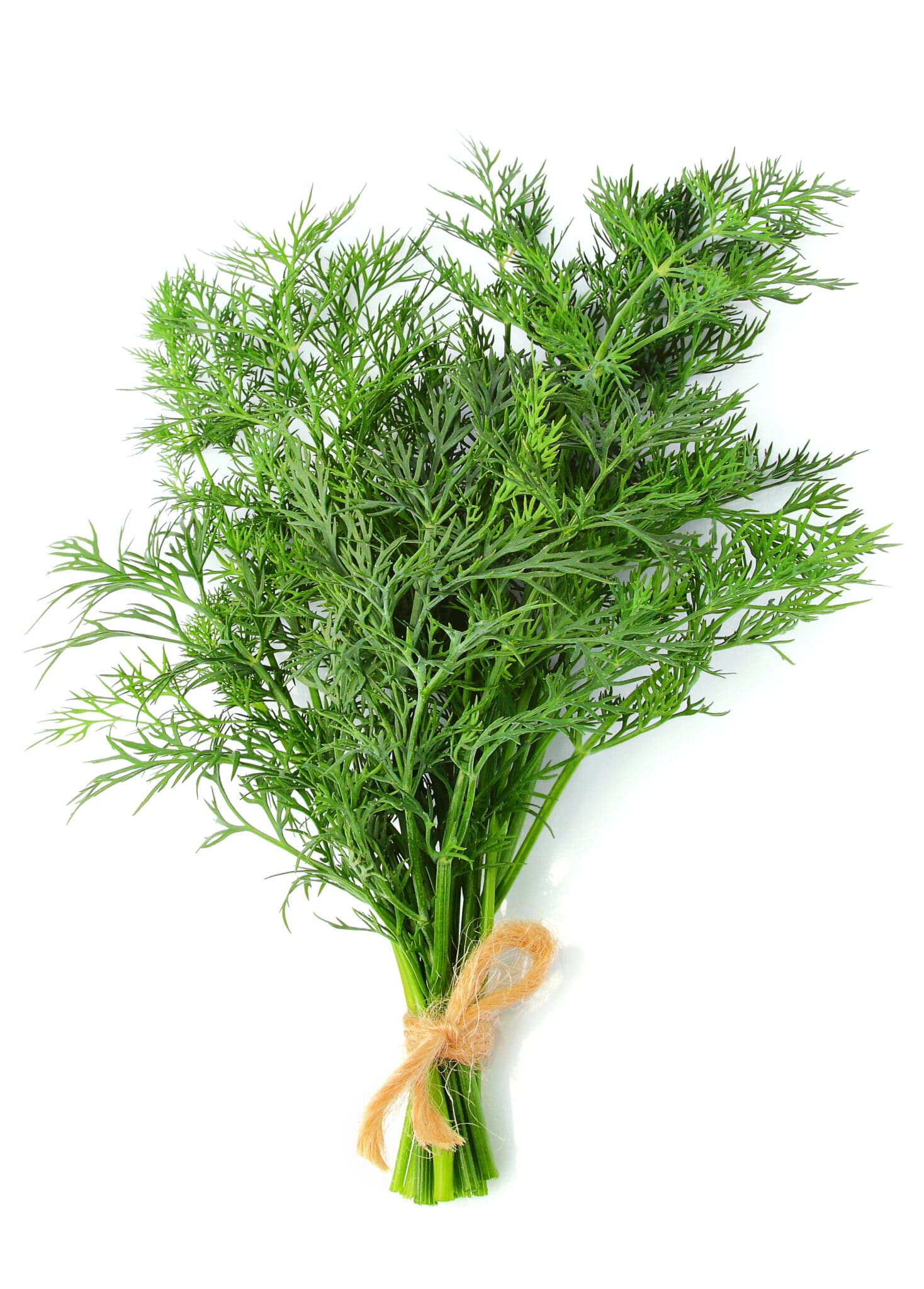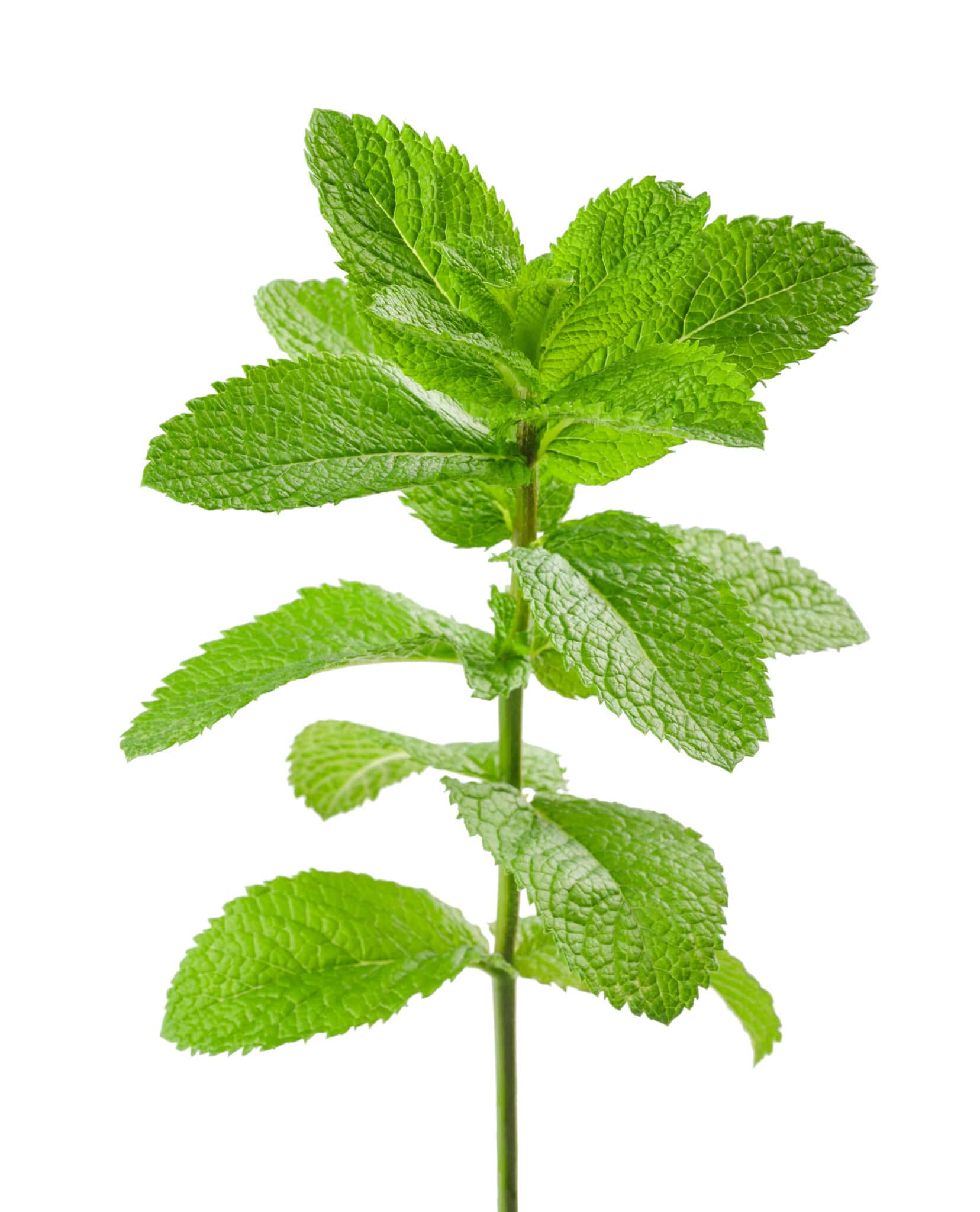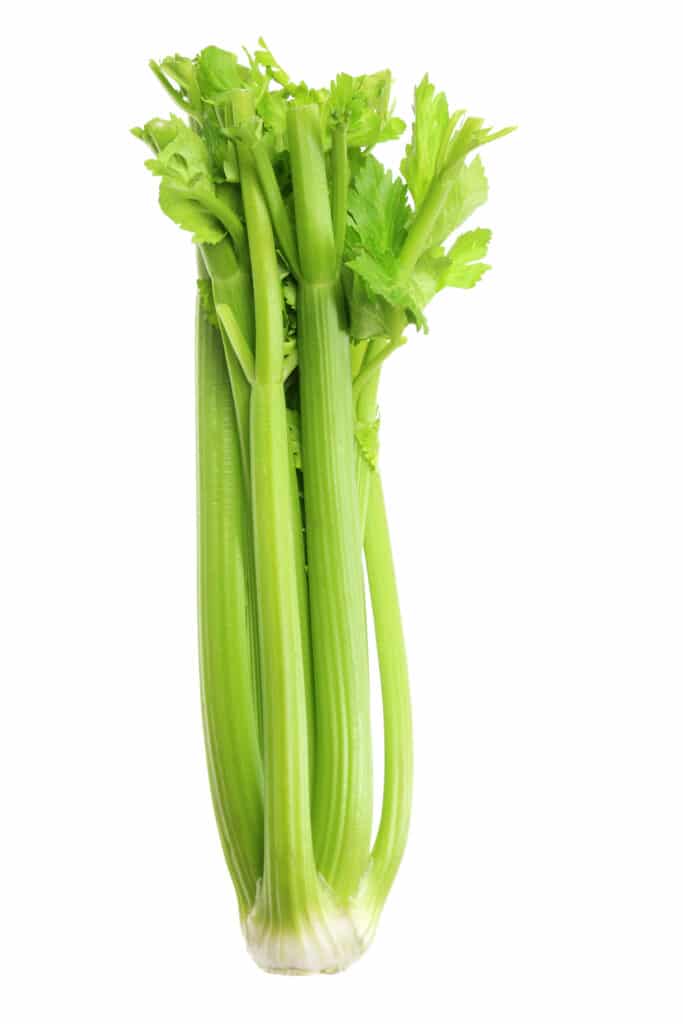Companion Plants for Pumpkins :Grow Bigger, Better Pumpkins!
Pumpkins may steal the show in autumn, but the secret to growing a truly impressive patch lies in what you plant around them. Have you ever battled pests or struggled with lack luster yields despite your best efforts? The secret may lie in what you plant alongside them. The right companion plants for pumpkins can fend off pests, enrich the soil, and even boost your harvest without a drop of synthetic chemicals.
This guide will reveal the many garden allies that can turn your pumpkin patch into a thriving ecosystem. From natural pest deterrents to pollinator magnets, discover how to create a pumpkin patch that practically grows itself. By the end, you’ll have a companion planting strategy that’s as organic and rewarding as the pumpkins you harvest.

What to Avoid When Planting Pumpkins
Certain plants can hinder pumpkin growth by competing for resources or attracting shared pests. Avoid planting these near pumpkins to prevent common gardening issues:
- ❌ Melons and Squash: Compete for nutrients and attract the same pests and diseases.
- ❌ Tomatoes: Compete for water and nutrients and share pests like aphids.
- ❌ Potatoes: Disturb soil during harvest, damaging pumpkin roots.
- ❌ Brassicas (Cabbage, Broccoli, Cauliflower): Compete for nutrients and attract pests.
Quick Tip: If you must plant these near pumpkins, interplant with pest-repelling allies like marigolds or nasturtiums to help reduce issues.
Companion Planting Chart for Pumpkins
| Garden Ally | When To Plant | Benefits | Placement Near Pumpkins | Seasonal Care Tips |
|---|---|---|---|---|
| Corn | Early Spring | Provides natural trellis support | Behind pumpkins | Water consistently during dry spells |
| Beans | Late Spring | Fixes nitrogen and improves soil aeration | Among pumpkin vines | Harvest regularly to promote growth |
| Radishes | Early Spring | Repels pests and improves soil structure | In front of pumpkins | Harvest early to free up space |
| Marigolds | Spring | Repels pests and attracts beneficial insects | Around the perimeter | Deadhead to encourage more blooms |
| Nasturtiums | Spring to Early Summer | Attracts pollinators and deters pests | Around pumpkin patches | Regularly trim to control spread |
| Sunflowers | Early Spring | Acts as a natural trellis and attracts pollinators | Behind pumpkins | Stake if needed for stability |
| Lavender | Late Spring | Attracts pollinators and repels aphids | Nearby but separate | Allow soil to dry between waterings |
| Cosmos | Late Spring | Attracts bees and provides shade | Among pumpkin patches | Deadhead for continuous blooms |
| Marjoram | Spring | Enhances flavor and attracts insects | Interspersed in the patch | Harvest throughout the season |
| Oregano | Spring | Repels pests and attracts pollinators | Around the perimeter | Use fresh or dried in cooking |
| Dill | Spring to Early Summer | Attracts ladybugs and deters pests | Interspersed in the patch | Avoid planting near carrots |
| Mint | Spring | Repels pests and attracts pollinators | In containers near pumpkins | Keep contained to prevent spread |
Good Pumpkin Partners
As a gardener, your role in choosing the right garden allies is crucial. This ensures better soil, pest control, and pollination for your pumpkins. Here are the best plants to grow alongside your pumpkins, giving you the power to create a vibrant, biodiverse garden ecosystem.
Corn
The ‘Three Sisters’ planting method, a traditional Native American technique, involves planting corn, beans, and squash together. Corn provides natural trellising for pumpkin vines to climb, saving space and improving airflow.

The three sisters method effectively reduces humidity around the plant base. That may sound like a small thing, but humidity is what attracts pests and creates an ideal environment for diseases like powdery mildew.
Benefits:
- Vertical support for pumpkin vines
- Improves garden biodiversity
- Reduces weed growth and retains soil moisture
Learn More: See our post about corn companion plants.
Beans (Legumes)
Pumpkins are nitrogen-hungry beasts, requiring nutrient-rich soil to produce those show-stopping fruits. As nitrogen-fixing plants, beans are excellent companions because they improve the soil by converting atmospheric nitrogen into soil nitrogen that plants can utilize.

Benefits:
- Boosts soil fertility with nitrogen
- Improves soil aeration
- Deters soil-borne pests
Quick Tip: Interplant climbing beans with corn and pumpkins for a complete Three Sisters garden.
Scientific Source: Learn more about nitrogen-fixing plants and their benefits from the University of California Agriculture & Natural Resources.
Did you know you can grow green beans in containers?
Radishes
Radishes are fast-growing vegetables that improve aeration by breaking up compacted soil. They can also create a natural pest deterrent, repelling cucumber beetles and squash bugs. Since they mature quickly, they free up space for pumpkin vines to spread.

Benefits:
- Natural pest repellent
- Improves soil structure
- Quick harvest allows more space for pumpkins
Quick Tip: Let a few radishes go to seed to attract beneficial insects to your garden.
Did you know radishes are one of the fastest growing vegetables?
Marigolds
Marigolds are a powerhouse for pest control. They repel nematodes, aphids, and squash bugs. They also attract wonderful beneficial insects like ladybugs and parasitic wasps, which help keep harmful pests at bay. Marigolds also enhance garden biodiversity and add vibrant color.

Benefits:
- Repels harmful pests
- Attracts beneficial insects
- Enhances garden aesthetics
In our garden, we plant marigolds in nearly every bed, including pumpkin patches. They are highly effective in keeping bugs away from our crops.
Learn More: See our post about marigold companions.
Nasturtiums
Nasturtiums attract pollinators like bees and butterflies, improving fruit set. Their peppery scent deters aphids, squash bugs, and cucumber beetles, making them excellent natural pest barriers.

Benefits:
- Attracts pollinators
- Deters common pumpkin pests
- Adds beauty to your garden
We swear by nasturtiums because they deter pests and attract beneficial pollinators in droves. We’ve experienced it in our own garden. The plants also act like a trap crop for pests.
Check out our guide on natsturium companion plants.
Lavender
Lavender is a great companion for attracting pollinators and repelling pests like aphids and whiteflies. However, pumpkins and lavender have different watering needs—pumpkins prefer consistent moisture, while lavender thrives in drier soil. To avoid issues, plant them separately but nearby.

Benefits:
- Attracts pollinators
- Repels aphids and moths
- Adds a fragrant, calming touch to the garden
Quick Tip: Harvest lavender flowers to make sachets or teas while benefiting your pumpkin patch.
Check out our guide on Lavender companion plants.
Cosmos
Cosmos flowers bring in bees and butterflies, improving pumpkin pollination and fruit development. They also provide shade during hot months, protecting pumpkin vines from excessive heat.

Benefits:
- Attracts pollinators
- Provides shade
- Adds vibrant color to the garden
Quick Tip: Deadhead cosmos regularly to encourage more blooms and keep pollinators coming back.
See our tips for growing abundant cosmos in your garden
Sunflowers
Sunflowers are excellent companions for climbing pumpkin vines! They draw in friendly pollinators like ladybugs and bees, boosting pollination and fruit production. Plus, the shade from pumpkin vines helps sunflowers keep moisture and minimizes weeds. It’s a beautiful partnership in the garden!

Benefits:
- Natural support for vines
- Attracts pollinators
- It helps retain soil moisture
🌻 Quick Tip: Plant sunflowers on the north side of your pumpkin patch to avoid shading out your pumpkins.
See how to use sunflowers as companions in your garden.
Marjoram
Marjoram is believed to enhance pumpkin flavor. It also attracts beneficial insects like hoverflies and parasitic wasps, which prey on pests that harm pumpkin plants.

Benefits:
- Improves pumpkin flavor
- Attracts beneficial insects
- Complements pumpkins without competing for nutrients
Quick Tip: Marjoram can be harvested throughout the growing season to use fresh or dried in cooking.
See our guide on growing a windowsill herb garden.
Oregano
Oregano’s strong aroma repels pests like aphids, cucumber beetles, and squash bugs. Its shallow roots make it a great companion that won’t compete for resources.

Benefits:
- Repels harmful pests
- Attracts pollinators
- Low-maintenance herb
Quick Tip: Use fresh oregano in your cooking for a fresh, garden-to-table experience that is out of this world.
See our guide on growing oregano.
Dill
Dill attracts ladybugs and parasitic wasps, which help control pests like aphids and caterpillars. Its strong scent can also deter squash bugs and cucumber beetles.

Benefits:
- Attracts beneficial insects
- Deters pests
- Add a culinary herb to your garden
🌿 Quick Tip: Plant dill away from carrots to avoid cross-pollination issues.
See our guide on how to grow dill.
Mint
Mint’s intense aroma repels aphids, ants, and squash bugs while attracting beneficial insects like bees and hoverflies. Be careful—mint can be invasive, so plant it in containers to control its spread.

Benefits:
- Repels pests
- Attracts pollinators
- Easy to grow in containers
Quick Tip: Make refreshing teas or pest-repelling sprays with mint leaves.
So many varieties of mint, which one do you want to plant?
Expert Tips for Successful Companion Planting
- ✅ Choose Plants with Complementary Needs—To support pumpkin growth, Select plants that improve soil health, deter pests, or attract pollinators.
- ✅ Mind Your Spacing – Ensure companion plants don’t overcrowd pumpkins. Proper spacing promotes airflow and reduces the risk of diseases.
- ✅ Practice Crop Rotation. Soil management practices are implemented each year to prevent the buildup of pests and diseases that may impact pumpkins and their companions.
- ✅ Being proactive in monitoring for pests is key to maintaining a healthy garden. Regular inspections and using natural deterrents like marigolds and nasturtiums give you the upper hand in protecting your plants and ensuring a successful harvest.
- ✅ Focus on Soil Health – Use organic mulch, compost, and natural fertilizers to maintain a nutrient-rich environment for pumpkins and their companion plants.
- ✅ Adapt to Your Climate—Choose companion plants that thrive in your local growing conditions to maximize garden success.

Additional Scientific Sources
- University of California Agriculture & Natural Resources – Learn more about nitrogen-fixing plants and their benefits: https://ucanr.edu/
- The Old Farmer’s Almanac – Companion planting insights to naturally improve garden health: https://www.almanac.com/
- Cornell University Cooperative Extension – Pest management and biodiversity in organic gardens: https://cce.cornell.edu/
FAQs
Yes! Plants like beans and sunflowers have deep roots that help stabilize the soil, reducing erosion. Ground-cover plants like pumpkins and nasturtiums also protect the soil from harsh weather, keeping it intact.
Yes. Cold-hardy herbs like thyme and lavender can be planted nearby to create a microclimate that slightly insulates the pumpkin patch. However, row covers or mulch are more effective for frost protection.
Marjoram is the most commonly recommended herb for enhancing pumpkin flavor. Oregano and mint are also popular, although their primary benefits are pest control.
Related Posts
Final Notes:
A garden is a vibrant community, bursting with life beyond just growing food! By choosing the right companion plants for your pumpkins, you can boost your harvest and nurture harmony among plants, soil, and insects—plus, it enriches your experience.
Happy planting! Wishing you abundant, vibrant pumpkins that shine brightly in your garden! We’d love for you to share your companion planting successes in the comments—your experiences could spark creativity in fellow gardeners!
check out all our companion planting posts
Check out our category page with everything you need to know to about companion planting including individual companion planting recommendations. Its a great page to bookmark!

Author: Laura Kennedy
Writer & Owner of Little Yellow Wheelbarrow
Laura is a highly skilled gardener and fervent flower enthusiast. Despite her playful battle with plant spacing guidelines, Laura’s work inspires gardeners to create thriving, beautiful spaces that reflect both creativity and sustainability.










The number of pop-up ads on your site is absolutely frustrating and inhibits enjoyment of your site. Particularly offensive are the pop-ups that block content. I’ve provided feedback to Google, but I felt you should be aware of this aggravation. BTW, my pop-up blocker for my iPad and Safari IS on.
Thanks for your attention to this matter.
Hey Tim, thanks for the heads up – we had no idea. We think the issue is with a new Google ad feature ( you read that right, it’s Google approved); we shut it off and believe that has fixed the problem. We couldn’t duplicate the issue with the ad covering the content, but since that ad feature was new, we made the adjustment and had some folks test it out. If you are still having that issue, please let us know. Thanks so much for taking the time to leave the feedback- we truly appreciate it. Cheers!